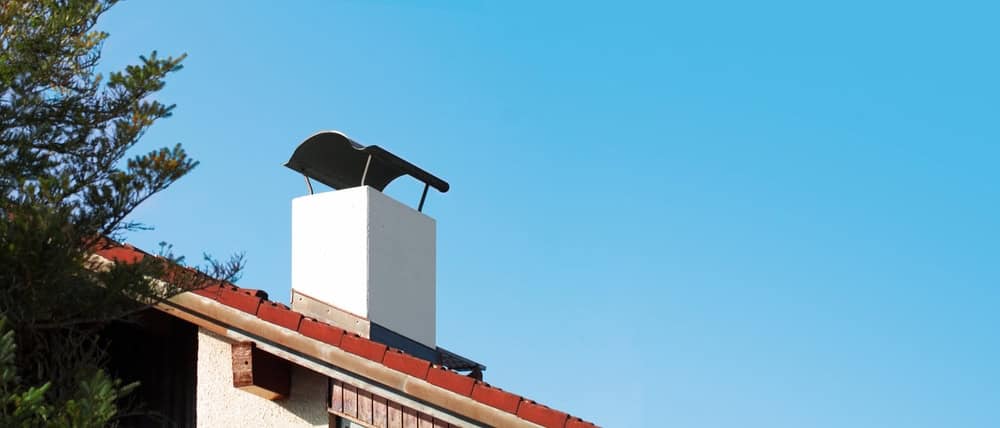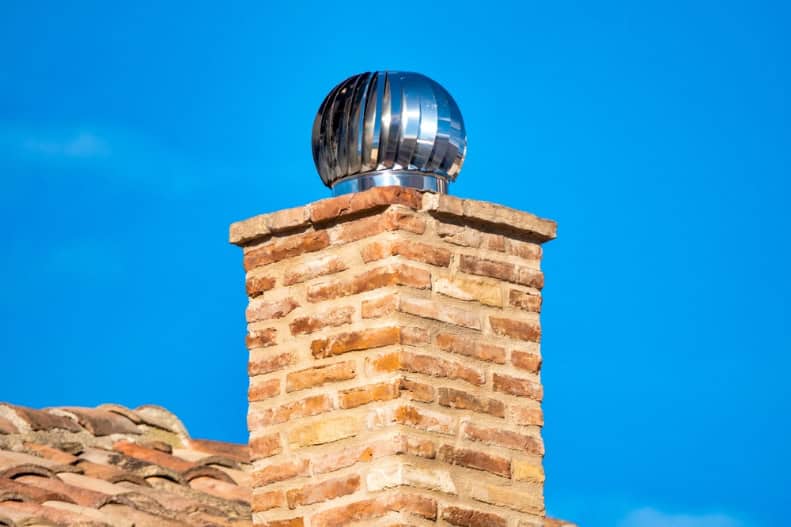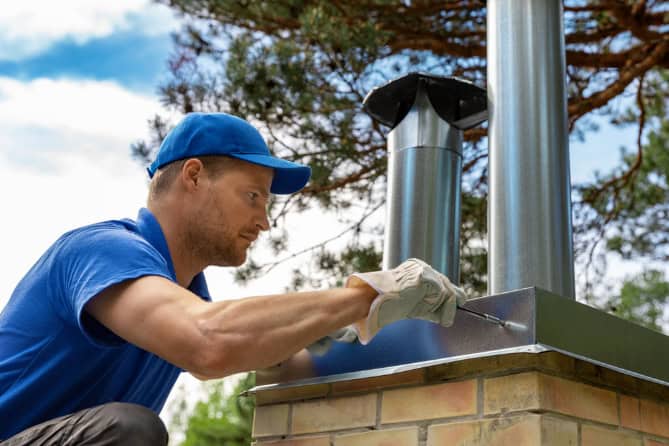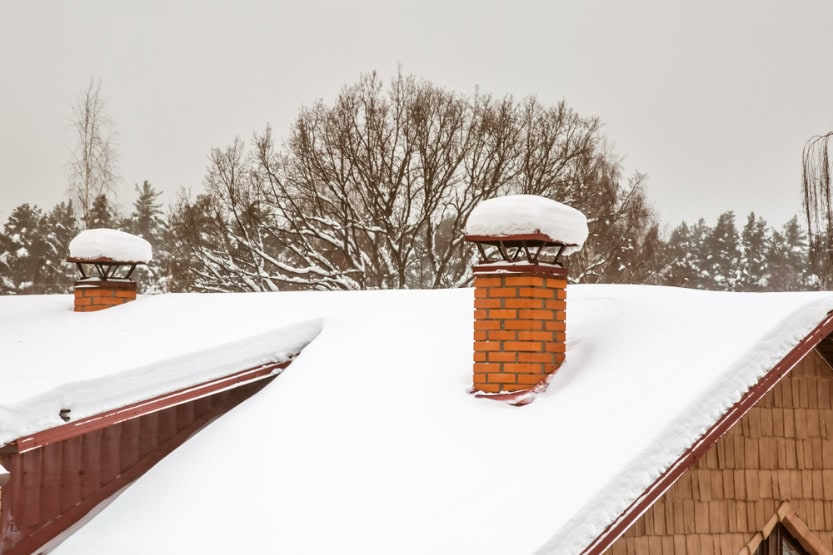Professional chimney cap installation that actually protects your home and investment long-term.

Hear from Our Customers

Your chimney stops being a liability. No more water seeping into your home through an unprotected flue. No more animals making themselves comfortable in your chimney system.
A quality chimney cap installation means you’re not dealing with expensive water damage repairs down the road. Your masonry stays intact. Your chimney liner doesn’t deteriorate from constant moisture exposure.
You get peace of mind knowing your chimney system is properly sealed and protected. That’s what happens when the job is done right the first time by certified professionals who understand how Rhode Island weather affects chimney systems.
We’ve been protecting Rhode Island homes since 2000. Certified Chimney Inspections was formally established in 2016, but our experienced team has been doing chimney work together for over twenty years.
Every one of our technicians is CSI (Chimney Safety Institute of America) certified. That certification means we understand proper installation techniques, safety protocols, and the specific challenges that Rhode Island’s coastal climate presents for chimney systems.
You’re working with professionals who have seen every type of chimney cap failure and know exactly how to prevent them. Local experience matters when you’re dealing with salt air, nor’easters, and the unique weather patterns that affect Wyoming and the surrounding Rhode Island communities.

First, we assess your chimney’s current condition and measure for the right cap size. Every chimney is different, and proper fit is critical for effective protection. We examine your flue, check for any existing damage, and determine the best cap style for your specific setup.
Next, we source or custom-fabricate your chimney cap using stainless steel materials that can handle Rhode Island’s coastal conditions. No cheap materials that’ll corrode in two years. We’re installing something that’s going to last.
Installation day, we properly secure the cap to your chimney crown or flue. We test the fit, ensure proper ventilation, and clean up completely. You get a cap that’s installed correctly and will actually protect your home for years to come.

Ready to get started?
You get a thorough assessment of your chimney’s current condition before any work begins. We measure precisely and recommend the right cap style for your specific chimney type and local weather conditions.
Your chimney cap installation includes quality stainless steel materials that resist corrosion from Rhode Island’s salt air. We handle standard installations and custom fabrication for unusual chimney configurations or specific aesthetic requirements.
Every installation comes with proper securing hardware and techniques that ensure your cap stays put during storms. We’re not just dropping a cap on top and hoping it stays. You’re getting professional installation that considers wind loads, thermal expansion, and long-term durability. Plus, we clean up completely when the job is done.
